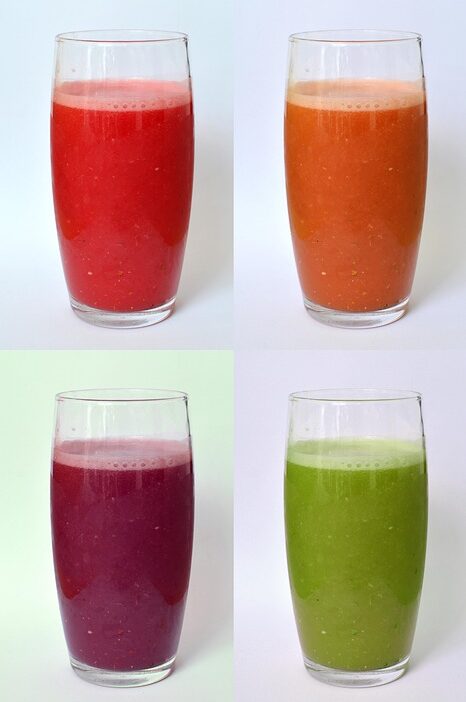In recent years, the health and wellness industry has embraced both juicing and blending as potent tools for boosting nutrition and wellness. These methods promise an easy way to incorporate more fruits and vegetables into your diet, but they do so in fundamentally different ways. If you’ve been weighing the benefits of juicing versus blending, this article will help you decide which approach might be best for you.
Understanding Juicing
Juicing involves extracting the liquid from fruits and vegetables, leaving behind the pulp and fiber. The result is a nutrient-dense drink that is rich in vitamins, minerals, and antioxidants.
Benefits of Juicing
-
Nutrient Absorption: By removing fiber, juices can be more easily absorbed by the body. This means your cells receive nutrients quickly and efficiently.
-
Hydration: Juices can also serve as a refreshing source of hydration, especially if they contain high-water-content fruits and vegetables like cucumbers and watermelon.
- Detoxification: Many proponents of juicing believe it can aid detoxification by flushing out toxins and promoting digestive health, although scientific backing for this claim is limited.
Drawbacks of Juicing
-
Lack of Fiber: One major downside is the absence of fiber, which is essential for digestive health. Fiber helps regulate blood sugar levels and keeps you feeling full.
-
Caloric Consideration: Juices are often high in natural sugars and can be calorie-dense. This may be a concern for those monitoring their sugar intake.
- Cost and Waste: Juicing can be expensive in terms of both the ingredients and the equipment required. Additionally, the pulp that is discarded represents a significant amount of fruit and vegetable matter.
Understanding Blending
Blending, on the other hand, incorporates the entire fruit or vegetable, including its pulp and fiber. The result is a thick, smoothie-like drink that is still packed with vitamins but offers the added benefits of fiber.
Benefits of Blending
-
Fiber Content: Blending retains the fiber, which can support digestion, stabilize blood sugar levels, and keep you satiated for longer.
-
Versatile Texture: Smoothies can be customized easily with various ingredients, including proteins, healthy fats, and superfoods, making them a versatile meal option.
- Less Waste: Since the entire fruit or vegetable is used, blending minimizes food waste, allowing you to get maximum nutrition from your ingredients.
Drawbacks of Blending
-
Longer Digestion Time: The fiber in blended drinks means that nutrients may take a little longer to be absorbed compared to juices, although this is not necessarily a negative aspect.
-
Higher Calories: Depending on the ingredients, smoothies can also be calorie-dense, especially if they contain added sugars or high-calorie additions like nut butter or yogurt.
- Texture Issues: Not everyone enjoys the thicker texture of smoothies, which may be a drawback for those accustomed to the lightness of juice.
Juicing vs. Blending: Making the Choice
When deciding between juicing and blending, consider the following factors:
-
Goals: Are you looking to detox, boost energy, or simply enjoy a nutritious snack? Juicing might be better for quick nutrient absorption, while blending can serve as a filling meal replacement.
-
Dietary Needs: If you need a high-fiber diet or want to manage your weight, blending may be the better option. Juicing could fit well into a diet aiming for hydration and vitamin intake without a focus on fiber.
-
Time and Convenience: Juicers can be harder to clean than blenders, making blending a more convenient option for those with a busy lifestyle.
- Taste Preference: Experimentation is key! You may find you prefer the taste and texture of one method over the other.
Conclusion
Both juicing and blending can play valuable roles in a healthy diet. The choice ultimately comes down to your personal preferences, dietary needs, and health goals. Many people choose to incorporate both methods into their routines, allowing for a varied approach to nutrition. Whether you reach for a refreshing juice or a hearty smoothie, the commitment to consuming more fruits and vegetables is what truly counts in fostering a healthier lifestyle. So grab your fruits and vegetables, and embark on your journey towards better health!



